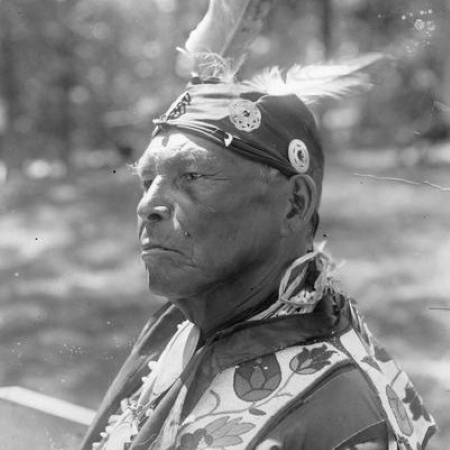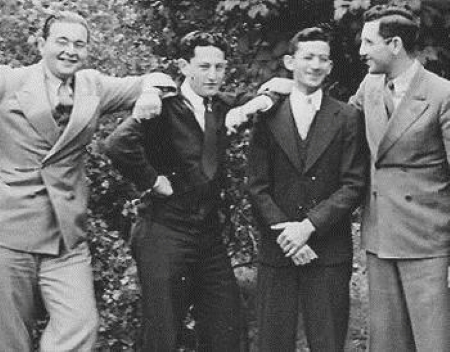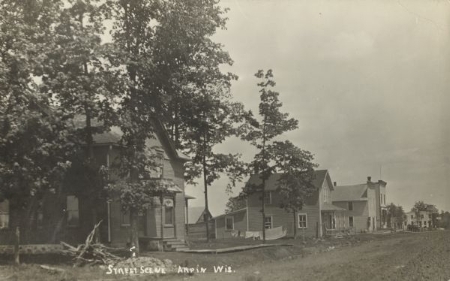“Ringing the Community Belles” – Racine’s Professional Baseball Team
As the United States entered World War II in 1941, the war’s impact on American culture was felt far and wide. Aside from the obvious strains on economic and industrial production, American recreation was temporarily put on hold. This included much of…





